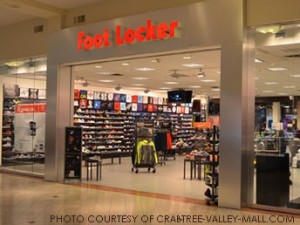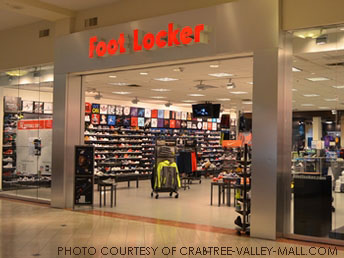
Recently, I was shopping when a thought occurred to me:
Why do stores in the mall play music?
What kind of demographic do they advertise toward?
How does this affect my shopping experience?
With these questions in mind, I decided to investigate. I visited a number of stores, listened to their music, and came up with my own opinions.
The first thing I did, however, was to get some background information.
“All brands are media companies now,” said Spencer Manio to NPR. This means that the stores use music to try and relate to the people who buy their brand.
Placing music into store playlists is a process within itself. The music is used subliminally– not to directly advertise the brand, but to win over the customers with their friendly atmosphere. NPR says “it’s not about the buying, it’s about the buy-in”.
The music should be able to communicate the brand and keep the customers interested. Explicit rap music or slow ballads can’t be played in stores because they would be too much for customers to handle.
Some stores understand that there is a relationship between sales in the store and the music. Starbucks, for example, puts CDs of the music that they play in their cafe beside the registers.
As I went on my journey through the mall, I observed the way different types of music was used. The music in the stores don’t directly try to sell the brand, but they create an atmosphere that appeals to the people who shop in the store.
Hollister has a party-type atmosphere: low lighting with spot lights and loud music. It’s a very upbeat environment, and the music matches this– uptempo, loud house music. The brand is geared toward 15-20 year olds and has somewhat of a “beach-y” theme. The brand is also very sexualixed (as seen on the shopping bags/posters in the store).
For parents, it makes them want to hurry up, buy clothes, and leave. For the teens, they can hang around and enjoy the music and the atmosphere– it makes them happy.
Foot Locker does something different. They play a lot of hip-hop and rap music (the clean version), and play the music videos to these songs on the television. This is meant to be geared toward the ‘sneakerhead’ demographic– who, assumingly, prefer hip hop and rap music.
What I realized with my observation is that, in order to pick their music, the stores must categorize the type of people they believe will shop in their store, and market their music towards them. In a way, this is stereotyping– but in this case, is it wrong?
There is a strong contrast between the music played in the mall and the music played inside stores where people shop. As I was walking around, I heard slow classical music being played throughout the mall. When contrasted with the music played inside the stores, it makes going inside a store to shop seem more appealing and “fun”.
For me personally, music makes my shopping experience more enjoyable. It encourages me to sing along and spend more time in the store looking for clothes. Music enhances a positive atmosphere.
As Maino said, “it’s not about knowing the coolest stuff… It’s about how [music] affects everyone in a really personal way. And you can’t [mess] with that.”

Leave a Reply